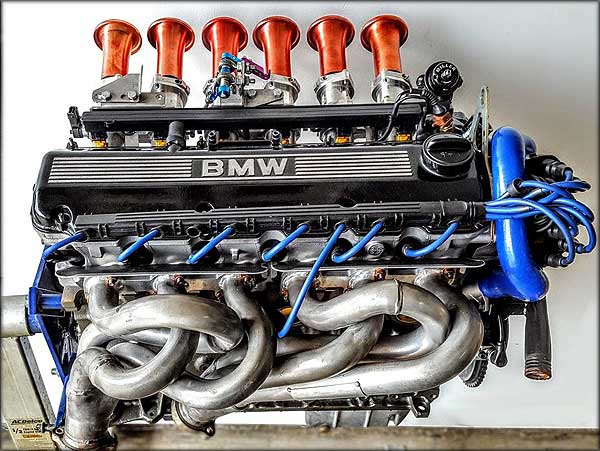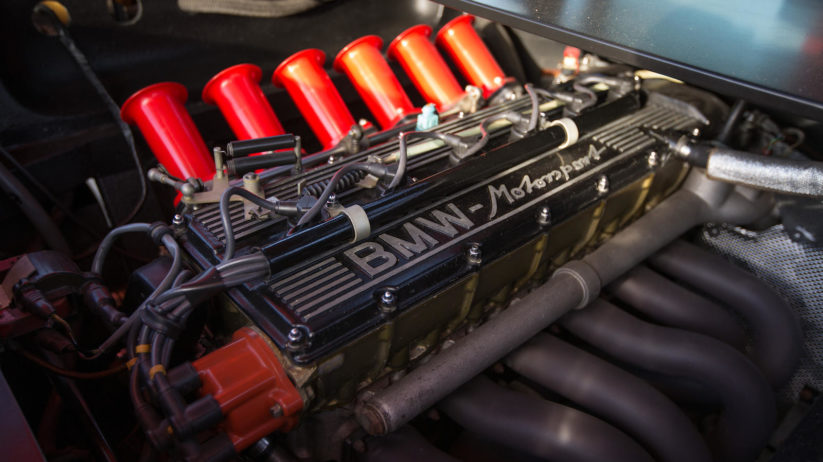The Advancement of the BMW Engine: A Recall at Iconic Versions
Discovering the Advancement of Burning Engines in Modern Transport Equipments
As we browse the landscape of contemporary transportation, the advancement of burning engines stands as a testament to human ingenuity and design prowess. The interplay of background, innovation, and environmental problems in forming the trajectory of combustion engines develops a story that is both compelling and informative.
Very Early Beginnings of Combustion Engines
Just how did the principle of combustion engines very first arise in the early phases of transport advancement? The origins of burning engines can be traced back to the 17th century when the principles of inner combustion were very first discovered.
The breakthrough moment featured the creation of the initial successful gasoline-powered engine by Karl Benz in 1885 - bmw engine. This engine paved the means for the development of the modern car, changing transportation systems worldwide. Subsequent advancements by Nikolaus Otto and Gottlieb Daimler better refined combustion engine innovation, bring about the mass production of vehicles and the fast development of the transport sector
These early combustion engines were characterized by their simplicity and efficiency, laying the structure for the facility and effective engines made use of in modern-day transport systems. The development of combustion engines has contributed fit the method we travel and transfer goods, marking a significant landmark in the background of transport advancement.
Transition to Internal Burning Innovation
The shift to internal burning modern technology marked a critical change in the advancement of transportation systems. This shift started in the late 19th century, with innovators like Nikolaus Otto and Gottlieb Daimler establishing the first effective interior combustion engines. These engines changed transport by providing a more reliable and powerful alternative to vapor engines and electric motors.
One of the crucial advantages of inner combustion engines was their ability to be reduced to fit into lorries, causing the development of bikes and cars. This shift from large, stationary engines to small, mobile ones led the way for the modern transportation systems we see today.
The change to interior burning innovation also stimulated advancements in gas technology, causing the development of gas and diesel as primary gas sources for automobiles. This shift not just made transportation extra available to the masses yet also laid the structure for the oil and gas sector to end up being indispensable to worldwide economies.
Effect of Combustion Engines on Transportation
The adoption of burning engines in transport systems catalyzed an extensive change in the efficiency and speed of international mobility. Combustion engines reinvented transport by providing a versatile and trustworthy resource of power for various cars, consisting of autos, ships, planes, and vehicles. This advancement dramatically enhanced the capacity for goods and people to conform fars away in shorter amount of time, resulting in raised connectivity between areas and countries.
In addition, the widespread use burning engines has actually had a considerable effect on financial advancement. The capacity to move goods efficiently has stimulated profession and business, enabling services to click here for info broaden their markets and reach consumers worldwide. This has actually promoted financial growth and globalization, as products can now be transported much faster and in bigger quantities than ever.
However, the ecological influence of combustion engines can not be neglected. The combustion of fossil gas has resulted in air pollution and greenhouse gas exhausts, contributing to climate adjustment and posing health risks to populaces. bmw engine. As a result, there is a growing focus on developing different propulsion modern technologies to reduce these negative results and produce an extra sustainable future for transport
Advancements in Combustion Engine Layout
One remarkable technology is the growth of turbocharged engines, which make use of exhaust gases to drive a generator that presses inbound air, permitting for even more gas to be scorched, resulting in boosted power outcome without a considerable boost in engine size. Variable valve timing systems have also changed engine style by enhancing air flow at various engine rates, improving both power and effectiveness. These advancements collectively contribute to the continual enhancement of combustion engines in modern transport systems.
Future Patterns in Combustion Engine Growth
With technology innovations driving constant technology, the future of combustion engine advancement is positioned to revolutionize transportation systems around the world. One of the essential fads in combustion engine advancement is the press in the direction of higher performance and reduced discharges.
An additional prominent pattern is the fostering of crossbreed technologies in combustion engines. Crossbreed engines incorporate conventional combustion modern technology with electrical power, providing enhanced gas performance look at this website and lower emissions. As the vehicle sector changes in the direction of electrification, hybrid combustion engines are seen as a transitional option that links the void in between conventional cars and completely electrical ones.
In addition, the integration of smart technologies, such as expert system and information analytics, is anticipated to play a substantial duty in the future of burning engine growth. These technologies can optimize engine performance in real-time, leading to more efficient combustion processes and enhanced overall vehicle performance. Embracing these future fads will certainly not just drive technology in burning engine growth yet likewise add to a much more environmentally pleasant and lasting YOURURL.com transport environment.

Final Thought
In verdict, the advancement of burning engines in contemporary transportation systems has been marked by significant advancements in modern technology and layout. From the very early beginnings of combustion engines to the transition to inner burning modern technology, these engines have actually had a profound impact on transportation.
The origins of burning engines can be traced back to the 17th century when the principles of internal burning were first discovered. These engines revolutionized transport by providing a more effective and effective choice to heavy steam engines and electric motors.
